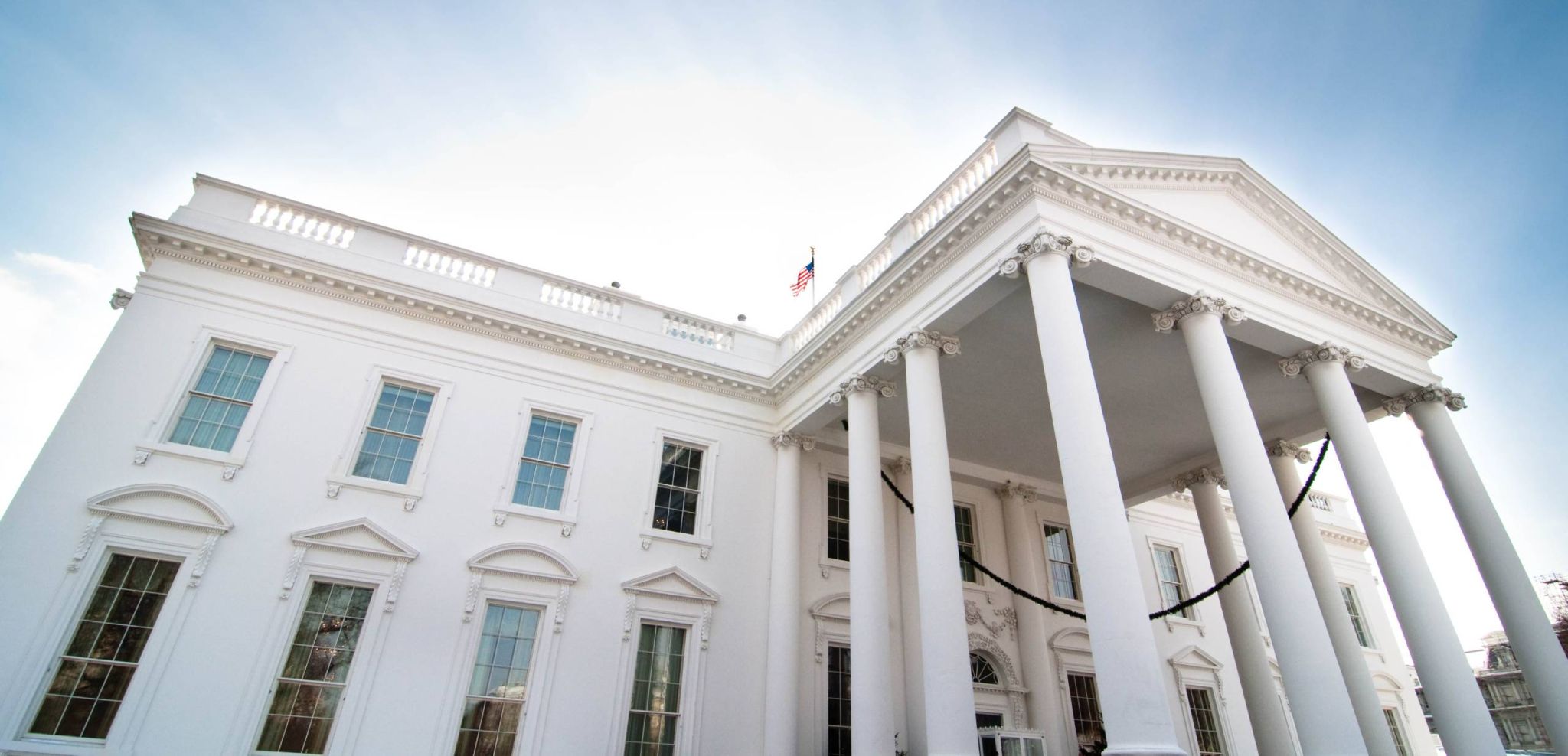Welcome back to Trade Zone. Week Two. (Still in beta—so let us know what you think.)
Notebook
By John Stackhouse
It’s a big week ahead for shifts, in government and the private sector. Mark Carney is off to the White House on Tuesday, to reset relations. Expect some healthy talk about military spending, and how Canada can do more sophisticated investments for North American security. More drones. More cybersecurity. Can we make those future exports, too?
I spent part of the week in Vancouver—Canada’s gateway to the Asia-Pacific. The port looked to be thriving, thanks to massive shifts underway in supply chains:
-
Chinese and Vietnamese producers are moving goods and inputs to Canada, as they game the Trump tariffs.
-
A major B.C. agrifood producer told me his U.S. buyer has re-rerouted his company’s output to Singapore, and directed a New Zealand supplier to feed the U.S.
-
A major clothing producer explained how they’re making tariff-factored pricing decisions this week on Back-to-School products that will hit North American stores in August.
-
Another global firm told me they’ve been quietly reducing Chinese productions (now just 20%) but it’s a race to stay ahead of Trump negotiations with other markets like India.
Expect these shifts to continue.
The week in numbers
$900M is how much Apple says Trump’s tariffs could cost the tech giant this quarter. CEO Tim Cook said most iPhones for the U.S. market will now be made in India, not China.
60% fewer cargo ships travelled between China and the U.S. in April, according to one estimate. Softening demand has prompted some companies to use smaller ships.
750 jobs lost at the General Motors plant in Oshawa, Ont. The automaker has responded to tariffs by moving from three shifts to two.
Need to know
-
Before Carney goes to Washington, we have thoughts on what an economic and security deal with the U.S. could include:
-
Energy and economic security: Negotiators will want to address longstanding irritants (digital services tax, softwood-lumber dispute, strengthening rules of origin). Expect movement and strategies on gas, nuclear and critical minerals.
-
Defense and Arctic security: Everything from the plan to meet 2% defence spending targets, to NORAD modernization, dual-use accounting, social and economic infrastructure investments in the North, including an Arctic port, and expanding shipbuilding/icebreaker commitments.
-
Border security: Although Canada has made investments in border security, further collaboration, especially on money laundering, immigration and drug/arms trafficking, will likely come up during negotiations.
-
The big question
This week, we turned to Sue Noble, RBC’s Vice President Automotive Finance National Office, for the answer.
Q: What’s your main takeaway from Trump’s auto-tariff relief announcement this week?
SN: While the relief may be seen as a positive move, there continues to be a high degree of uncertainty that makes it challenging for manufacturers and the industry. North American production varies by manufacturer and even by brand. Without certainty on a long-term strategy for tariffs, we expect car manufacturers to take a cautious approach.
Final word
“The American people–the businesses here in America, the consumers here in America–are better off with a more stable relationship with your biggest customer. It makes sense for Americans, and it makes sense for the people who have put the President into the White House, to have affordable products to buy, to have relationships where companies invest in their communities. Companies don’t invest when there’s instability.”
–Kirsten Hillman, Canadian Ambassador to the United States (The Atlantic on the Future event in Washington, April 29th)
This article is intended as general information only and is not to be relied upon as constituting legal, financial or other professional advice. The reader is solely liable for any use of the information contained in this document and Royal Bank of Canada (“RBC”) nor any of its affiliates nor any of their respective directors, officers, employees or agents shall be held responsible for any direct or indirect damages arising from the use of this document by the reader. A professional advisor should be consulted regarding your specific situation. Information presented is believed to be factual and up-to-date but we do not guarantee its accuracy and it should not be regarded as a complete analysis of the subjects discussed. All expressions of opinion reflect the judgment of the authors as of the date of publication and are subject to change. No endorsement of any third parties or their advice, opinions, information, products or services is expressly given or implied by Royal Bank of Canada or any of its affiliates.
This document may contain forward-looking statements within the meaning of certain securities laws, which are subject to RBC’s caution regarding forward-looking statements. ESG (including climate) metrics, data and other information contained on this website are or may be based on assumptions, estimates and judgements. For cautionary statements relating to the information on this website, refer to the “Caution regarding forward-looking statements” and the “Important notice regarding this document” sections in our latest climate report or sustainability report, available at: https://www.rbc.com/community-social-impact/reporting-performance/index.html. Except as required by law, none of RBC nor any of its affiliates undertake to update any information in this document.


